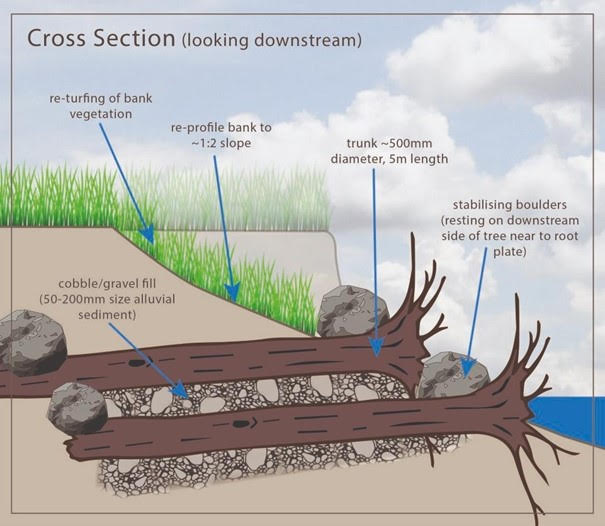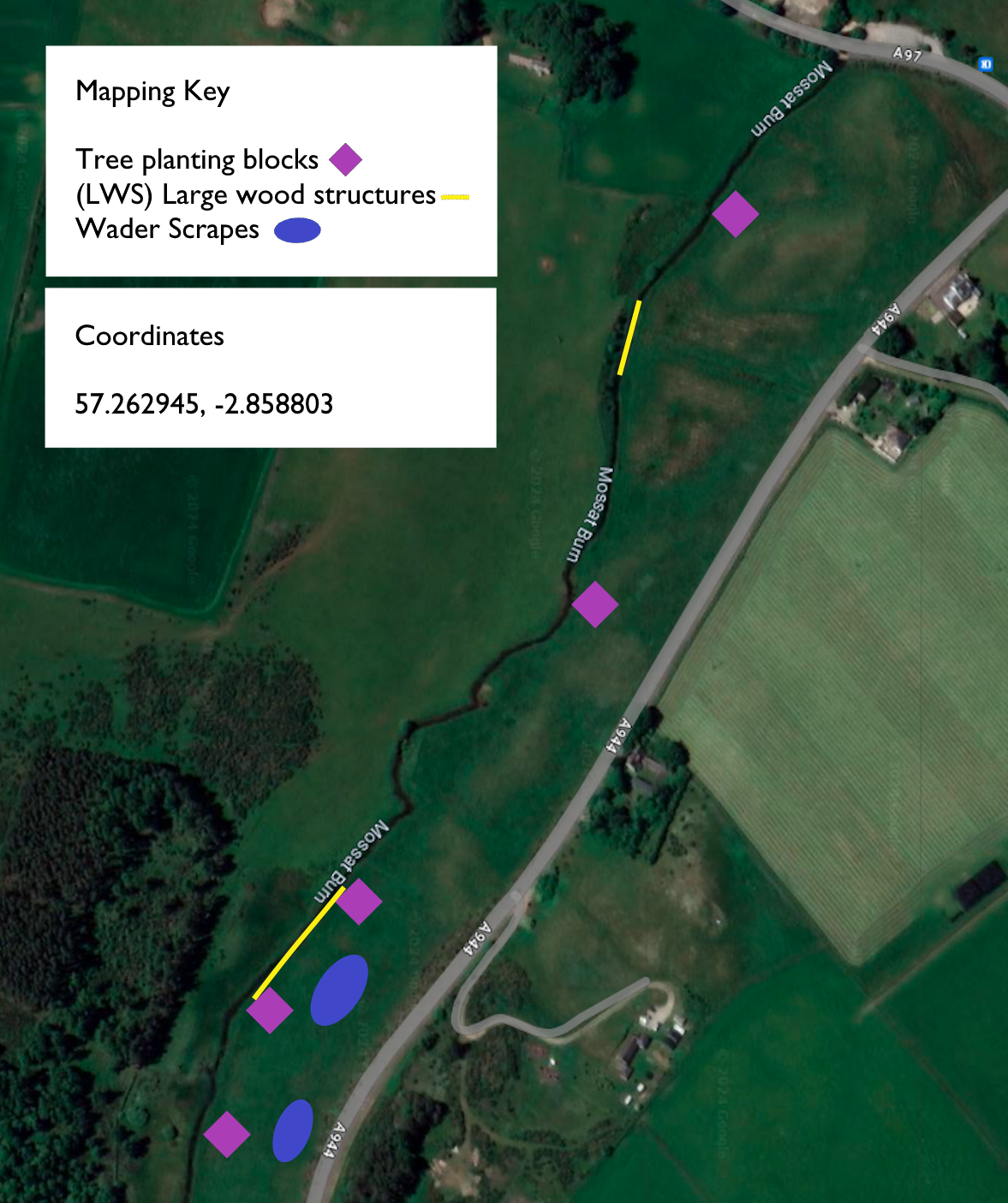Salmon extinct???
In early 2022 Scottish Government produced a Wild Salmon Strategy, stating that “there is sadly now unequivocal evidence that populations of Atlantic salmon are at crisis point”.
As a statutory body charged with the protection of Atlantic salmon and sea trout stocks within its district, the Don District Salmon Fishery Board (Don DSFB) has a duty to ensure that there are no significant adverse impacts upon the populations of these species. At Ardhuncart, we are members of the board.
Brown trout also migrate upstream to spawn at a similar time of year and are equally at risk from warming temperatures, (no shade) loss of spawning gravels, flood wash out of eggs and fry and predation due to degraded habitat. Seals, dolphins, otters, ospreys, herons, cormorants, kingfishers all feed on the fish at different stages of their life cycles and are iconic creatures in the Scottish landscape. Without the fish they are also toast. In a perfect doom loop their populations have increased as the fish stocks declined. Goosanders are not native to Scotland. We have them in plague numbers. Their sole diet is young salmonids.
As recently as 100 years ago the contracts of farm labourers forbade them being given salmon to eat more than 3 times a week. Such were the numbers. No need for salmon farms. The carcasses of salmon post spawning (90-95% of Atlantic salmon don’t survive the migration) provided food for scavengers and were one of the only natural fertilizers in the Highlands. If they become extinct the unintended consequences are unquantified. It has never happened since the ice melted after the last Ice Age and Scotland became habitable.
All is not lost. Yet.

Action plans
Main river

Large Woody structures needed
Large Woody structures, Riparian Borders and Tree Planting, Flood Plain Reconnection.
The River banks need re-enforcing with Large Woody structures, to prevent further erosion. The current flow of water is too powerful and the river too wide for porous log jams, flood Plain reconnection needed.
Work will commence 2024.

Large Woody structures

Mossat Burn

Porous log jam
There is no cover for juvenile fish should their parents survive to have them. In 2023 year there were shoals reported by Jim Kerr of the Don River Board. It is heron heaven. There is nowhere for fry and parr to shelter.
The burn will benefit from the placement of LWS (Large Woody Structures) and porous dams which will improve water flows and fish habitat and give them half a chance to survive to adulthood.
This will also commence in 2024.

Vision for the future


The Mossat Burn is an important spawning tributary. Like the Don itself, it suffers from lack of tree cover. Its shallow water needs dappled shade to cool it. On a scale of 0-10 the Mossat scores 9 on the Scottish River Temperature Monitoring Network (SRTMN). The tributary ranks as HIGH PRIORITY. Urgent tree planting is needed on both banks.
We will plant the Ardhuncart bank within 2024
